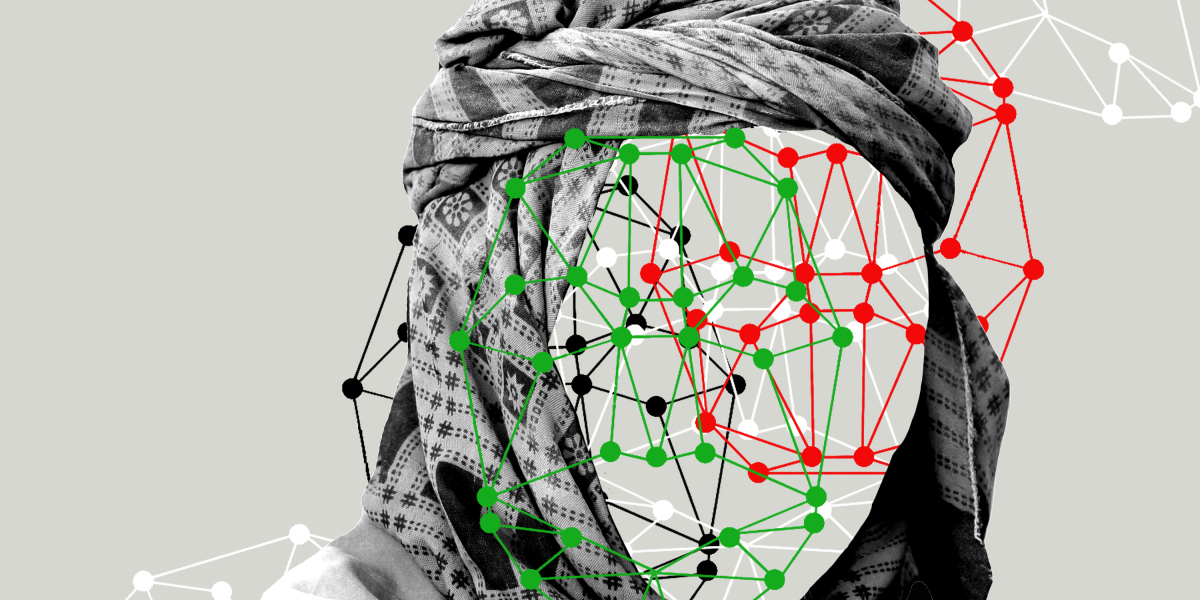According to Jacobsen’s book, AABIS’s goal is to reach 80% of Afghanistan’s population by 2012, or roughly 25 million people. While there is no publicly available information on how many records are currently in this database, and neither the contractor managing the database nor officials from the U.S. Department of Defense responded to requests for comment, one unconfirmed figure from her U.S.-based program manager’s LinkedIn profile estimates it at 8.1 million entries.
The previous Afghan government used AABIS extensively in various ways. Applications for government positions and positions in most projects required a biometric check in the Ministry of Internal Affairs system to ensure that the applicants did not have a criminal or terrorist background. Biometric checks were also required when applying for a passport, national ID and driver’s license, and when registering for the country’s college entrance exams.
Another database, slightly smaller than AABIS, was connected to e-tazkira, the country’s electronic national identification card. There were about 6.2 million applications on file at the time the government fell, according to the National Bureau of Statistics and Information, although it is unclear how many applicants have already submitted biometric data.
Biometrics has also been used – or at least made public – by other government departments. The Independent Electoral Commission used biometric scanners in an attempt to prevent voter fraud during the 2019 parliamentary elections, with dubious results. In 2020, the Ministry of Industry and Trade announced that it will collect biometric data from those who register new businesses.
Despite the abundance of systems, they have never been completely connected with each other. An August 2019 U.S. audit found that, despite spending $ 38 million to date, APPS did not achieve many of its goals: biometric data was still not integrated directly into its personal files, but was simply linked to using a unique biometric number. The system also did not connect directly to other Afghan government computer systems, such as the Treasury system that sent salaries. APPS also continued to rely on manual data entry processes, the audit said, leaving room for human error or manipulation.
Global problem
Afghanistan is not the only country to use biometrics. Many countries are concerned about so-called “ghost beneficiaries” – fake names that are used to illegally collect wages or other funds. Preventing such fraud is a common justification for biometric systems, says Amba Kak, director of global policy and programs at AI Now and legal expert on biometric systems.
“It’s really easy to draw [APPS] as exceptional, ”says Kak, one of the editors of a book on global biometric politics. “It seems to have a lot to do with the world’s experience” in biometrics.
“Biometric ID as the only effective means of legal identification … incorrect and a little dangerous.”
Amber Like, AI Now
It is widely accepted that it is a right to have official identity documents, but “bundling a biometric identifier as the only effective means of legal identification,” she says, “is flawed and a little dangerous.”
He doubts whether biometrics – and not policy fixes – are the right solution to the problem of fraud, and adds that it is often “not based on evidence.”
But thanks in large part to US military goals and international funding, the spread of such technologies in Afghanistan has been aggressive. Even if APPS and other databases have not yet reached the level of functionality for which they were designed, they still contain many terabytes of data on Afghan citizens that the Taliban can mine.
“Identity dominance” – but by whom?
Growing concern over abandoned biometric devices and databases, as well as a host of other data about daily life in Afghanistan, did not stop the collection of sensitive data from people in the two weeks between the Taliban invasion of Kabul and the official withdrawal of American troops. …
This time around, the data is collected mostly by well-intentioned volunteers in insecure Google forms and spreadsheets, emphasizing either that lessons on data security have not yet been learned or that they must be re-learned by each participating group.
Singh says more attention should be paid to what happens to data during conflicts or government collapse. “We don’t take this seriously,” he says, “but we must, especially in these war-torn areas, where information can be used to create a lot of destruction.”
As a biometrics law researcher suggests that the best way to protect sensitive data might actually be to [data] infrastructures … were not built initially. “
For Jacobsen, a writer and journalist, it is ironic that the Defense Department’s obsession with using data to establish identities could actually help the Taliban achieve their own version of identity dominance. “It would be fearful of what the Taliban are doing,” she says.
Ultimately, some experts say that the fact that the Afghan government’s databases are not very compatible could be a saving grace if the Taliban do try to use the data. “I suspect APPS is still not performing as well, which is probably good in light of recent events,” Dan Grazer, a veteran who works on the project’s oversight government oversight team, said in an email.
But for those connected to the APPS database, who may now find themselves being hunted by the Taliban or their family members, this is less irony and more betrayal.
“The Afghan military trusted its international partners, including the US and those led by them, to create such a system,” says one person familiar with the system. “And now this database will be used as [new] weapons of the government. “



